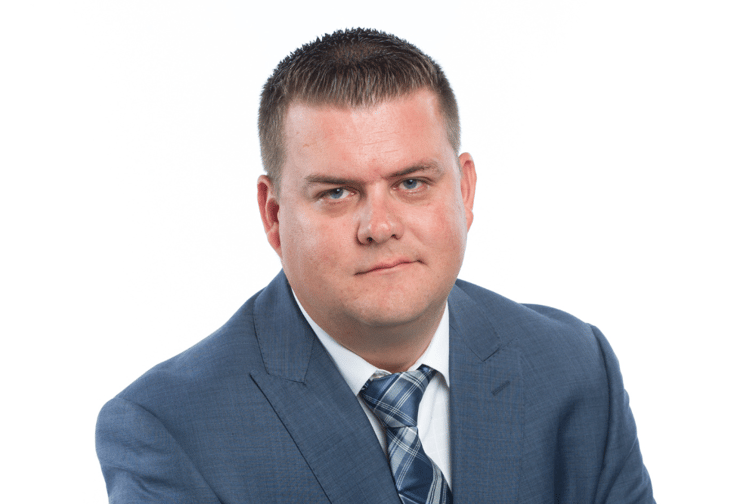

The following article is supplied by Jim Mandeville, SVP, large loss for First Onsite Property Restoration.
Last week, dozens of BC firefighters were sent to Yukon after lightning strikes started 136 fires in just seven days. It’s hard to fathom that at this time last year there were nearly twice as many fires burning in BC, and it might have been much harder to spare those firefighters. Since there here have been 152 wildfires in the province so far this year, compared to 277 by this time last year, the province is more likely to be able to spare them.
The 2021 fires that ravaged BC created one of the worst wildfire seasons in the province’s history (after 2017 and 2018). More than 1,600 fires burned up almost 8,700 square kilometres of land, the third worst on record in terms of area burned. The total cost of wildfire suppression during this time was $565 million. The fires eviscerated the town of Lytton, reducing most of its homes to ashes. This was all part of a bigger weather phenomenon, the 2021 Western North America extreme heat wave (aka heat dome) – a 1,000-year weather event.
To help understand and learn from the catastrophic events that occurred in the province last year, First Onsite conducted a survey of 200 BC residents which found that 85% were worried about wildfires (leading the country by a huge margin). Fires and severe rains or flooding (82%) topped provincial fears of all weather-related disasters. This sentiment certainly supports the connections between last year’s wildfires and the devastating 2021 Pacific Northwest floods, landslides and atmospheric river that followed in November.
Natural disasters such as fires can often engulf homes, immobilize businesses, and destabilize communities. There is a substantial risk of interruption to lives and businesses. The number one piece of preparedness advice is awareness – listen to authorities, follow evacuation alerts, and be ready to go at the drop of a hat, equipped with a full tank of gas and a packed bag. Moving quickly can protect lives.
Much of BC wildfires happen in cycles. Canada’s Boreal forests have burned naturally since at least the last ice age. The fires can greatly affect the structure, growth, and regeneration of our forests. In fact, the ecosystem depends on such recurring natural disturbance. Fire-dependent species like lodgepole and jack pine have serotinous, resin sealed cones that are allowed to melt open during fires, allowing seeds to scatter so that a new pine forest begins. Fire also produces suitable conditions for the seeds of these pines to germinate. As communities continue to expand amid these forests, certain risks will continue.
Discussion and action has taken place to protect, prepare and build communities to be more resilient to fires. Here are some of the strategies that are being deployed.
While planners and developers take into consideration how planned/lived environments can coexist with natural areas, communities can also take extra steps to prepare in advance to protect themselves, reduce business interruption and safeguard lives. Catastrophes provide an opportunity to rethink how our communities are built – and how they can be made more resilient and sustainable.
